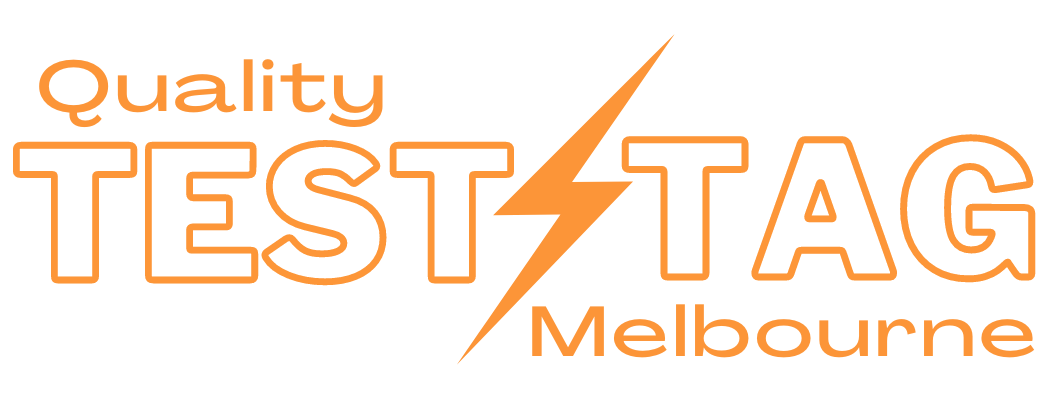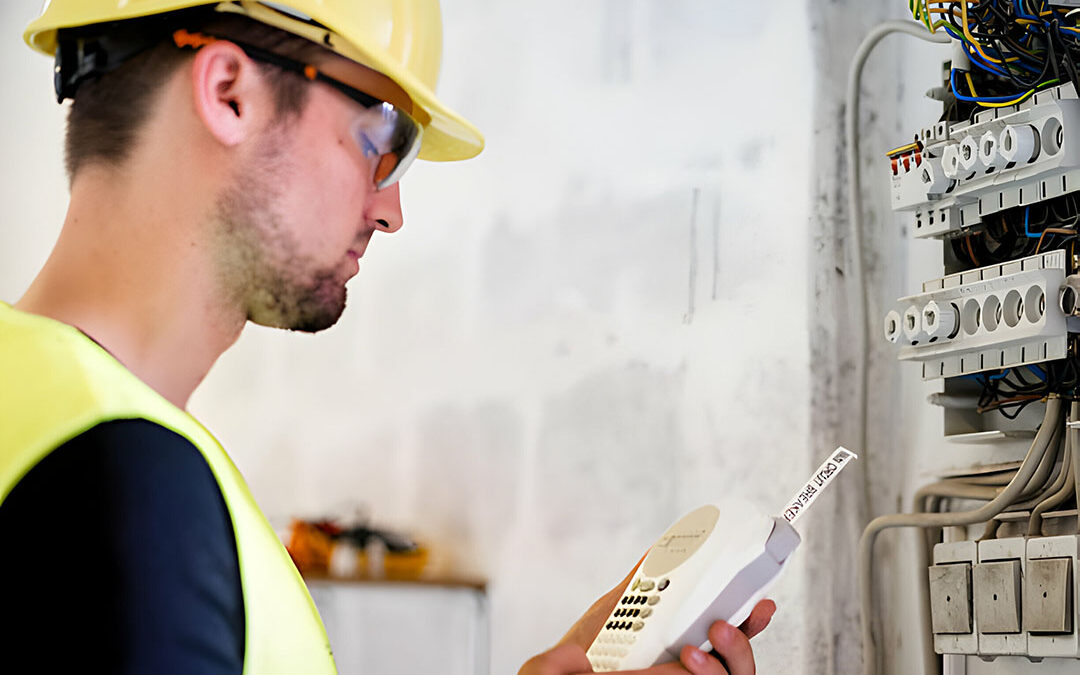Introduction:
Electrical equipment testing and tagging is crucial to workplace safety in Melbourne. It involves inspecting and testing electrical appliances to ensure they are safe for use, and tagging them with relevant information to indicate their compliance. This comprehensive guide aims to provide an in-depth overview of Melbourne’s regulations and compliance standards for electrical equipment testing and tagging.
1. Overview of Electrical Equipment Testing and Tagging:
Electrical equipment testing and tagging is conducted to prevent electrical accidents and comply with occupational health and safety (OHS) requirements. It involves two main components: inspection and testing of appliances and applying tags to indicate their status.
2. Legal and Regulatory Framework:
In Melbourne, electrical equipment testing and tagging is governed by several regulations and standards. The primary legislation relevant to this practice includes the Occupational Health and Safety Act 2004, the Electrical Safety Act 1998, and the Electrical Safety (Portable Electrical Equipment) Regulations 2019.
3. Responsibilities of Employers and Employees:
Both employers and employees have specific responsibilities when it comes to electrical equipment testing and tagging. Employers are responsible for providing a safe work environment, ensuring regular testing and tagging of equipment, and maintaining appropriate records. Conversely, employees must cooperate with safety measures, report faulty equipment, and use tagged appliances appropriately.
4. Testing and Tagging Frequencies:
The testing and tagging frequency for electrical equipment in Melbourne can vary depending on the type of equipment and the environment in which it is used. The Australian Standard AS/NZS 3760:2010 provides guidelines for testing intervals based on different factors such as the equipment’s classification, location, and risk associated with its use.
5. Qualifications and Competency:
Individuals must possess the necessary qualifications and competency to conduct electrical equipment testing and tagging in Melbourne. This may include completing a nationally recognized training course, such as the Test and Tag course, to gain the required knowledge and skills.
6. Testing and Tagging Procedures:
Testing and tagging involves a series of steps to ensure the safety and compliance of electrical equipment. This includes visual inspections, electrical testing using appropriate equipment, applying tags with relevant information (such as test date and next due date), and maintaining accurate records.
7. Record Keeping:
Accurate record-keeping is essential for compliance purposes. Employers must maintain records of all testing and tagging activities, including test results, equipment details, and when the next test is due. These records serve as evidence of compliance and can be audited by relevant authorities.
8. Penalties for Non-compliance:
Failure to comply with Melbourne’s electrical equipment testing and tagging regulations can result in penalties and legal consequences. These penalties may include fines, work stoppages, and potential liability for accidents or injuries caused by non-compliant equipment.
Conclusion:
Understanding the regulations and compliance standards for electrical equipment testing and tagging in Melbourne is crucial for ensuring workplace safety. By adhering to these regulations, employers can create a safe environment for their employees and minimize the risks associated with electrical equipment use. Compliance with testing and tagging requirements helps prevent accidents and demonstrates a commitment to workplace safety.

